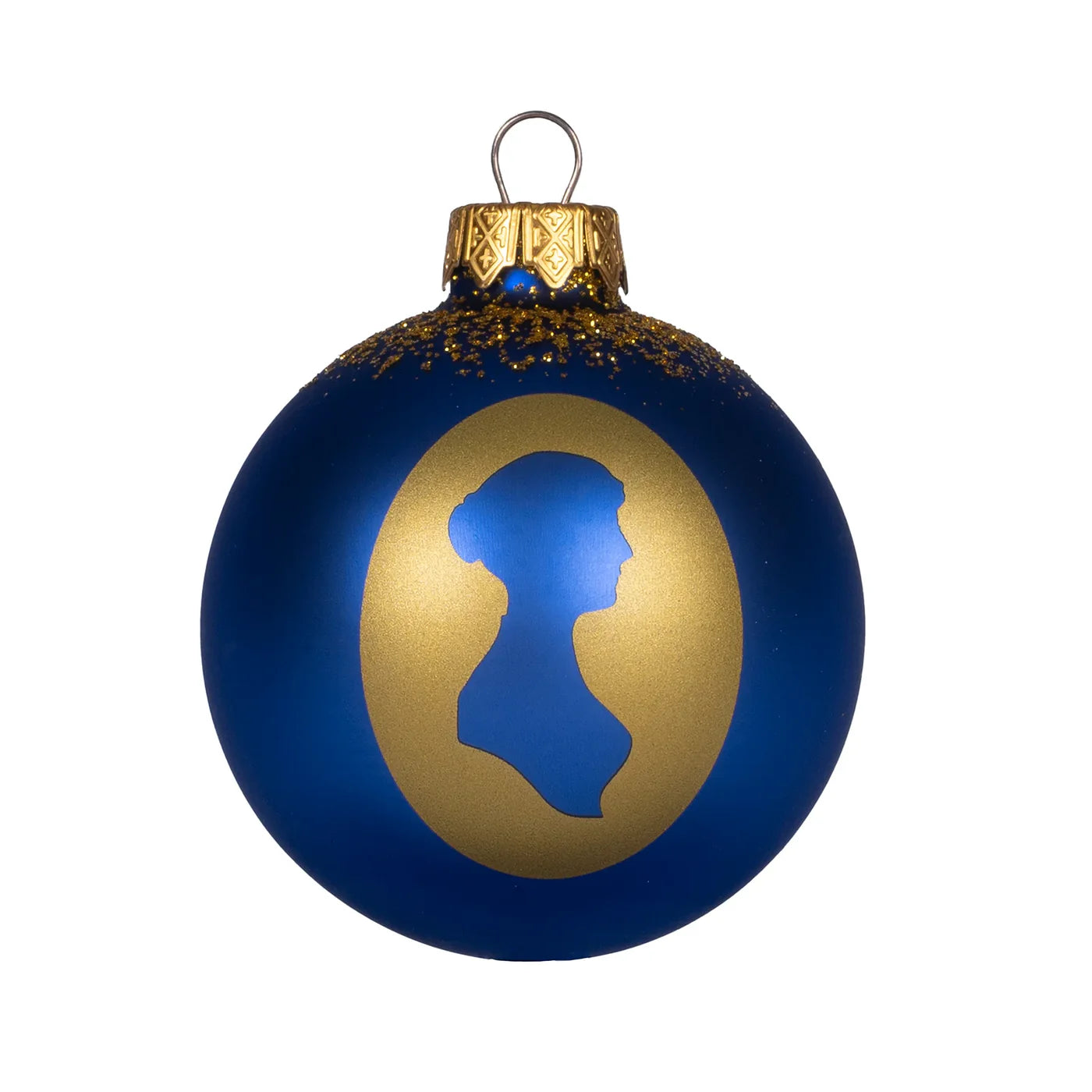What is the Gothic? A Spooky Explainer

“It is only a novel... or, in short, only some work in which the greatest powers of the mind are displayed, in which the most thorough knowledge of human nature, the happiest delineation of its varieties, the liveliest effusions of wit and humour, are conveyed to the world in the best-chosen language”
― Northanger Abbey
With the days getting cooler and the nights drawing in, the world can start to feel a little more sinister in the Autumn. It is a season for ghost stories, warm drinks and donning your cosiest jumpers. For some people, it is the season of horror movies, haunted houses and late night scares. As someone who stands resolutely in the middle of this spectrum, a gothic novel scratches the perfect itch. In this sense, I'm a little like Catherine Morland, the skittish heroine of Jane Austen's gothic pastiche, Northanger Abbey.
At the time Austen was writing Northanger Abbey Gothic novels were all the rage. Indeed, the recommendations that Isabella Thorpe makes to Catherine in the novel are all real titles. But what is the Gothic? And why was it so popular?
What is the Gothic?
In the first instance, Gothic refers to a style of architecture that was most popular during the middle ages, but experienced a significant revival during the mid-18th century in England in particular. The Gothic style is characterised by features like stained-glass, flying buttresses and spires, giving buildings built in the Gothic style (particularly churches and abbeys), a slightly spooky and sinister silhouette. The Notre-Dame in Paris is a famous example.
The Gothic genre of fiction takes its name from the fact that many Gothic novels are set in such buildings, Northanger Abbey itself being such an example. These settings provide ample opportunity for intrigue, promising abandoned attics, secret tunnels and ominous crypts. Thanks to this, sometimes the genre is referred to as 'Gothic horror', and whilst many Gothic novels do feature a few scares -- think Mary Shelley's Frankenstein or Bram Stoker's Dracula -- not all are going to leave you up at night too afraid to switch the lights off.
Why was it so popular?
The appetite for Gothic fiction grew out of the Romantic movement of the eighteenth century. The Romantics loved a bit of the mediaeval, as well as a stunning 'sublime' landscape. What emerged from this movement was a fascination with crumbling manors and the dissolution of an older aristocratic way of life that they represented.
In a recent article on Jane Austen's schooling, we discussed how, during Jane Austen's lifetime and the years that followed, women's literacy grew substantially. Lending libraries flourished throughout Britain, allowing women to get their hands on reading material more easily and for a small fee. Gothic novels, with their horror, intrigue and sensation captured the imaginations of young women in particular. For young middle class women with little else to do but practice the pianoforte and their needlework, these kinds of novels could provide some much needed escapism.
The Queen of Gothic: Ann Radcliffe
Though today we might have different names spring to mind when we think of the Gothic, in Austen's day Ann Radcliffe was basically the Taylor Swift of Gothic. Her novels, such as The Mysteries of Udolpho, were highly anticipated by the reading public. She was paid the princely sum of £500 for the rights to Udolpho. If that doesn't sound like much in today's money, consider that Austen only got £10 for Northanger Abbey.
Books for silly women
As with anything that is significantly more popular with women than men, the Gothic was the target of much mockery. The sensationalistic nature of the contents of Gothic novels got them a reputation for being low brow and frivolous. It is this perception that Austen lampoons in Northanger Abbey, where Catherine Morland's consumption of Gothic novels leads her to behave hysterically and imagine all kinds of sinister things lurking in the eponymous house.
Despite the reputation the genre had at the time, many Gothic novels now appear on lists of books one must read, such as Charlotte Bronte's Jane Eyre.
Where to start?
Before you dig into your Autumnal reread of Northanger Abbey, you might want to read a few more sincere Gothic novels. A few to try include:
- Jane Eyre by Charlotte Bronte
- Wuthering Heights by Emily Bronte
- The Strange Case of Dr Jekyll and Mr Hyde by Robert Louis Stevenson
- The Woman in White by Wilkie Collins
- The Castle of Otranto by Robert Walpole
But of course, there are many, many more, written between Austen's lifetime and our own. Then, you can pick up a copy of Northanger Abbey and get stuck in.
What's your favourite Gothic novel? Let us know!
Ellen White is editor of the Jane Austen Centre blog. She would love to hear from you! Check out our Submission Guidelines and get in touch.


